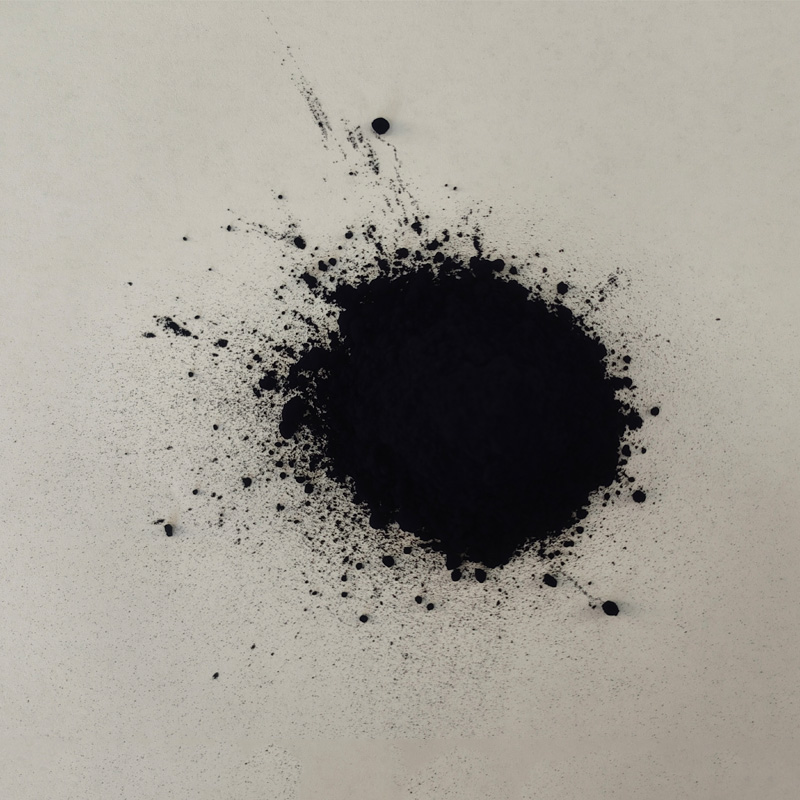Exploring the Advantages and Applications of the Best Sulphur Dyes for Textile Industry Use
Exploring the Best Sulphur Dyes A Comprehensive Guide
Sulphur dyes are a unique class of dyes known for their excellent fastness properties, making them particularly suitable for dyeing cotton and other cellulosic fibers. These dyes are water-insoluble and require a specific dyeing process involving a reduction stage, making it essential to have a thorough understanding of their compositions, applications, and best practices in the dyeing process. In this article, we will explore the best sulphur dyes available, their benefits, and how they are effectively utilized in the textile industry.
Understanding Sulphur Dyes
Sulphur dyes are derived from aromatic compounds that contain sulfur in their structure. They are typically used in a reductive dyeing process, where the dye is reduced to a soluble form, allowing it to penetrate the fiber. Once the dye has penetrated the fiber, it is oxidized back to its original state, resulting in a deep, rich color that adheres well to the fabric. This process usually involves the use of sodium sulphide or thiourea dioxide as reducing agents.
Key Advantages
One of the most significant advantages of sulphur dyes is their superb light and wash fastness, which makes them highly desirable for various applications, especially in denim and workwear. Additionally, sulphur dyes are known for their affordability and availability in a wide range of colors, offering brands and manufacturers flexibility in design and color matching. Furthermore, they are environmentally friendly compared to other dyes, as they can be produced using less water and energy, contributing to sustainable textile practices.
Top Sulphur Dyes in the Market
1. Sulphur Black This is one of the most common sulphur dyes used for cotton and other cellulose fibers. Its deep black hue and excellent fastness properties make it a favorite for denim manufacturers. Sulphur Black 1 is particularly noted for its high purity and effectiveness.
2. Sulphur Blue Known for its vibrant hues, Sulphur Blue is an essential dye for creating shades that range from light to deep blue. It is often used in combination with other dyes to create a range of shades in fabric production.
3. Sulphur Green This dye provides excellent fastness and is popular in various sectors, including fashion and home textiles. Its versatility allows for a wide range of shades, making it suitable for different applications.
best sulphur dyes

4. Sulphur Yellow Often utilized in the dyeing of sportswear and casual garments, Sulphur Yellow dyes provide a bright color with excellent light and chlorinated water fastness, making them ideal for activewear.
Dyeing Process and Best Practices
To achieve optimal results when dyeing with sulphur dyes, several best practices should be observed
- Preparation Ensure that the fabric is clean and free of any contaminants. Pre-treatment with a scouring process may be necessary to achieve uniform color application.
- Dyeing Conditions Maintain appropriate temperature and pH levels during the dyeing process. Typically, temperatures around 60-80°C are used, and a pH of 8-11 is preferred to ensure proper dye uptake.
- Post-Treatment After dyeing, fabrics should undergo an oxidation process to stabilize the colors. This can often be done using sodium perborate or similar oxidizing agents.
- Testing Conduct thorough testing for color fastness under a range of conditions (light, wash, and rub fastness) to ensure quality.
Conclusion
Sulphur dyes represent a valuable option in the dyeing of textiles, particularly for those seeking durability and vibrancy in their colors. With a variety of shades available and a growing emphasis on sustainability, these dyes will continue to play an essential role in the textile industry. Manufacturers and brands that prioritize quality and eco-friendliness will find that sulphur dyes offer a compelling solution for their dyeing needs, ensuring that their products meet the demands of modern consumers.
-
The Timeless Art of Denim Indigo Dye
NewsJul.01,2025
-
The Rise of Sulfur Dyed Denim
NewsJul.01,2025
-
The Rich Revival of the Best Indigo Dye
NewsJul.01,2025
-
The Enduring Strength of Sulphur Black
NewsJul.01,2025
-
The Ancient Art of Chinese Indigo Dye
NewsJul.01,2025
-
Industry Power of Indigo
NewsJul.01,2025
-
Black Sulfur is Leading the Next Wave
NewsJul.01,2025

Sulphur Black
1.Name: sulphur black; Sulfur Black; Sulphur Black 1;
2.Structure formula:
3.Molecule formula: C6H4N2O5
4.CAS No.: 1326-82-5
5.HS code: 32041911
6.Product specification:Appearance:black phosphorus flakes; black liquid

Bromo Indigo; Vat Bromo-Indigo; C.I.Vat Blue 5
1.Name: Bromo indigo; Vat bromo-indigo; C.I.Vat blue 5;
2.Structure formula:
3.Molecule formula: C16H6Br4N2O2
4.CAS No.: 2475-31-2
5.HS code: 3204151000 6.Major usage and instruction: Be mainly used to dye cotton fabrics.

Indigo Blue Vat Blue
1.Name: indigo blue,vat blue 1,
2.Structure formula:
3.Molecule formula: C16H10N2O2
4.. CAS No.: 482-89-3
5.Molecule weight: 262.62
6.HS code: 3204151000
7.Major usage and instruction: Be mainly used to dye cotton fabrics.

